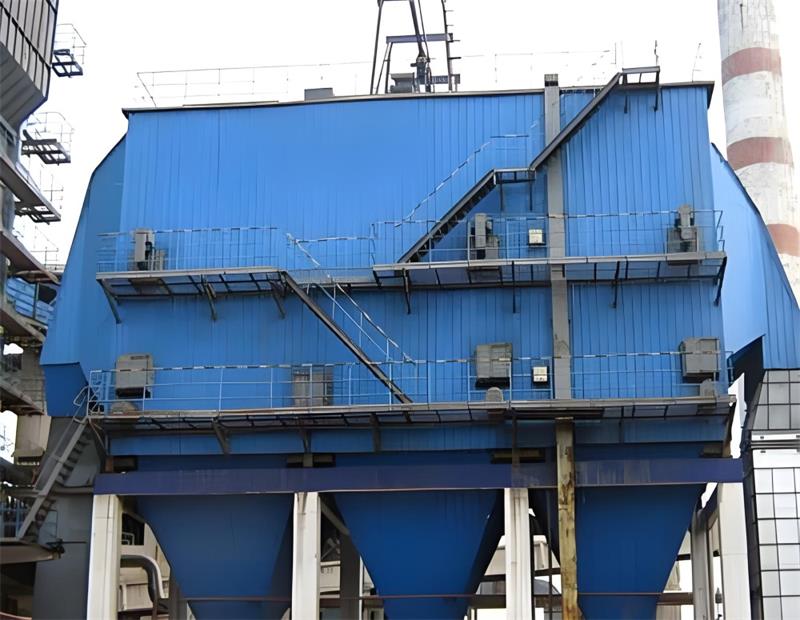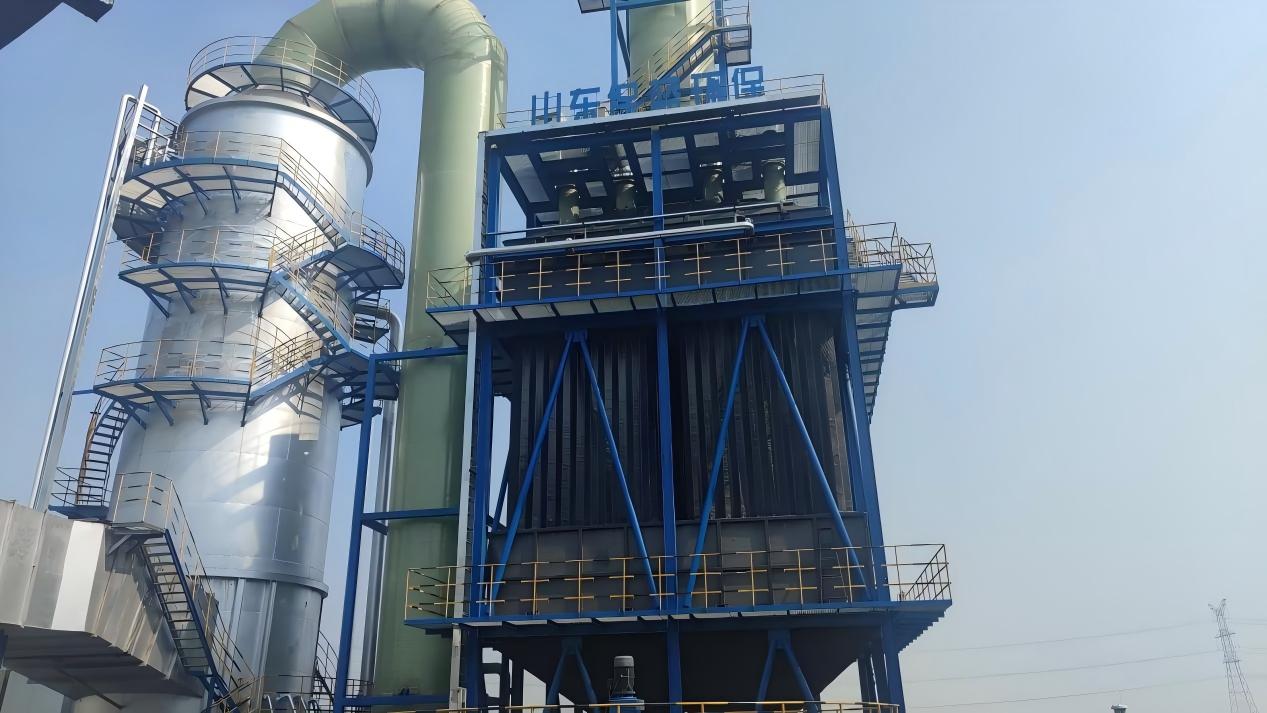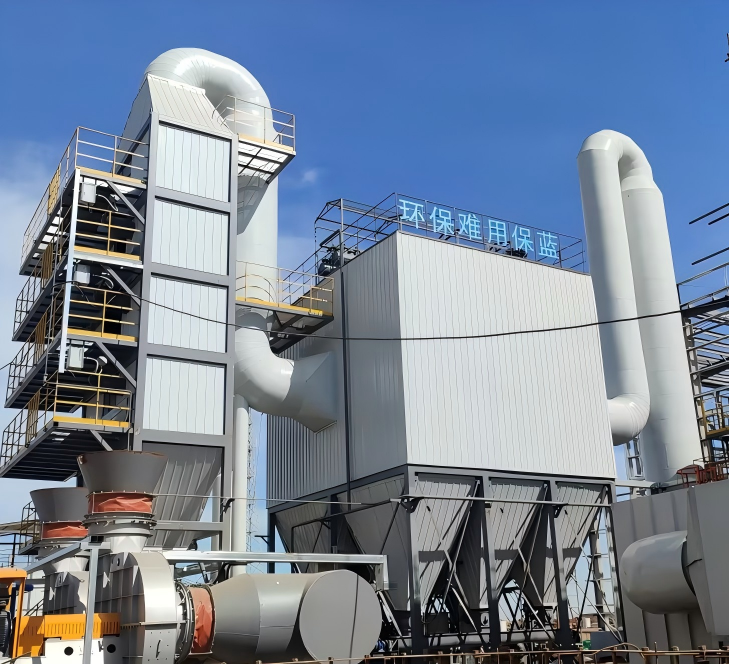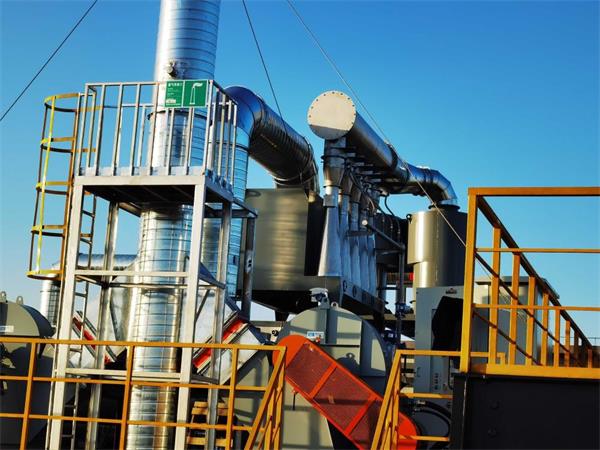- Incinerator
- Waste Gas Treatment
- Environmental Monitoring
- Product Details
Technology Introduction
Cyclone dust removal technology is a physical dust removal method that uses centrifugal force to separate particles from gas, widely used in industrial waste gas pretreatment or the removal of medium to low concentration particles. Its core principles and characteristics are as follows
Working Principle
Tangential Inlet and Rotational Airflow
Waste gas enters tangentially at the top of the dust collector at a high speed of 15~25 m/s, forming a strong rotating airflow (outer vortex). Particles are thrown toward the wall of the device under the action of inertial centrifugal force.
Centrifugal Separation
Particles are subjected to centrifugal force; larger particles first collide with the wall, lose kinetic energy, and then slide down the wall to the bottom ash hopper.
Double Vortex Motion
Outer vortex: dust-laden airflow rotates downward, continuously separating particles.
Inner vortex: purified gas forms an upward inner swirl in the central area and is discharged through the top exhaust pipe.
Gravity Settling
Separated particles ultimately fall into the ash hopper by gravity and are discharged periodically.
Key Structural Parameters
Cylinder Diameter: the smaller the diameter, the stronger the centrifugal force, but the processing capacity decreases; usually used for small high-efficiency cyclones (such as multi-tube parallel arrangements).
Inlet Air Velocity: needs optimization (usually 12~20 m/s); too high causes secondary dust, too low results in insufficient centrifugal force.
Cone Length: extending the cone can enhance airflow rotation and improve fine particle capture efficiency.
Exhaust pipe insertion depth: too deep will increase pressure loss, too shallow will cause short-circuit flow.
Performance Characteristics
Applicable particle range: higher efficiency for particles >5~10 μm (80%~95%), particles <5 μm require combination with other technologies (such as bag dust collectors).
Pressure loss: usually 500~2000 Pa, related to structural design and wind speed.
Advantages: simple structure, no moving parts, high temperature resistance, low cost, easy maintenance.
Application Areas
Pretreatment: used for primary dust removal in industries such as boiler flue gas, wood processing, metallurgy.
Multi-stage combination: used together with wet dust collectors, electrostatic precipitators, etc., to form graded treatment.
High-temperature gas: suitable for non-cohesive dust (such as sintering furnace flue gas).







